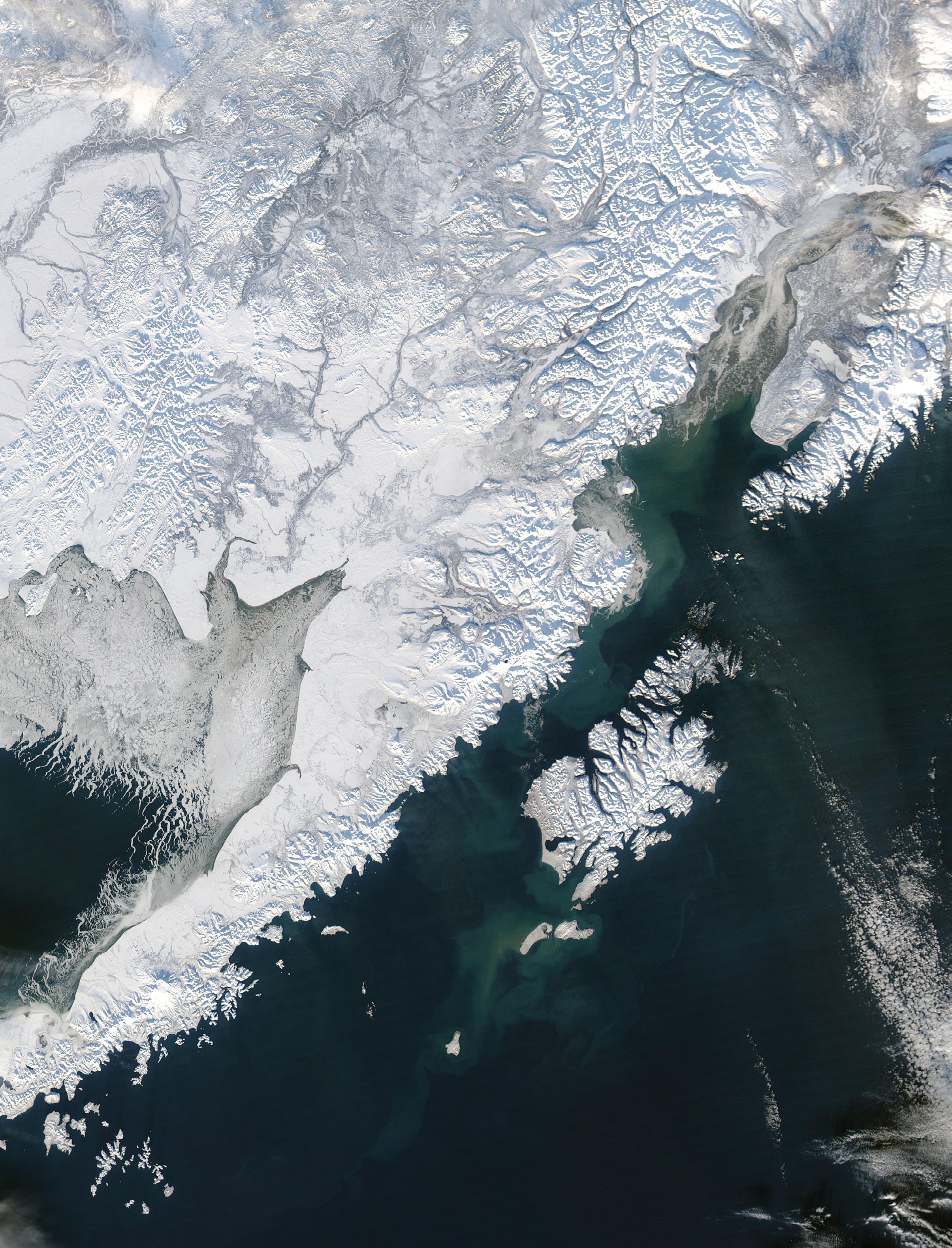
2 minute read
Improving Alaska’s Coastal Hazard Forecasts
I M P R OV I N G Alaska’s
COASTAL HAZARD Forecasts
Learn more.
“The goal is to fill in the gaps of storm surge
forecasting capability along Alaska’s coast, which is

collectively impacted by sea ice and waves.”
— Ayumi Fujisaki-Manome, PhD
COASTAL STORMS threaten human safety in western Alaskan communities, where a combination of complex geography, highly energetic atmospheric and ocean circulation, wind, waves, and an extensive coastal floodplain leave them highly vulnerable to hazardous flooding. Western Alaska is limited in weather observations and replete of nearshore current and circulation information, leaving regional forecasters and the communities they serve severely limited in their ability to assess the impact risk of storm events. These problems have become even more vexing in light of continued diminishing ice conditions in the fall and winter months, when the most intense storm events occur.
Assistant Research Scientist Ayumi Fujisaki-Manome, PhD, leads CIGLR’s ice and snow research program. She is working with a team of scientists from the Alaska Ocean Observing System, Axiom Data Science, CIGLR, NOAA, University of Notre Dame, and University of TexasAustin to deliver improved storm surge, wave, and ice forecasting capacity to the NOAA National Centers for Environmental Protection (NCEP) and NOAA National Ocean Service (NOS). “Funding from the U.S. Integrated Ocean Observing System (IOOS) is supporting the development of an integrated modeling system for the coasts of Alaska,” says Fujisaki-Manome. “The end product from this project is the coupled surge-wave-ice model for the western Alaska region, with the goal to provide forecast officers with model forecast guidance they can use to issue or not issue warnings and advisories.”
Their advanced sea ice modeling system, based on the Los Alamos Sea Ice Model (CICE), will enable detailed representation of nearshore and offshore sea ice behavior such as landfast ice and increased surface roughness due to ridged ice, which impact surge and wave intensity. “Currently, the team of scientists at CIGLR and NOAA GLERL leads the advancement of a sea ice model component based on CICE,” says Fujisaki-Manome.
Adequately depicting these processes is critical for accurate storm surge forecasting when the ocean is covered with ice. Thus far in the project, a standalone sea ice model has been successfully designed and verified using sensitivity studies and satellite measurements.
“Our team continues to couple sea ice modeling components with the other physical modeling components like ocean and wave models, using the NOAA Environmental Modeling System (NEMS) in collaboration with scientists at the University of Notre Dame, the University of Texas-Austin, and the NOAA National Centers for Environmental Prediction,” says Fujisaki-Manome. “This project represents a major advancement in forecasting capacity to protect western Alaska communities and our lessons learned can be applied to ice-prone coastal regions elsewhere.”










